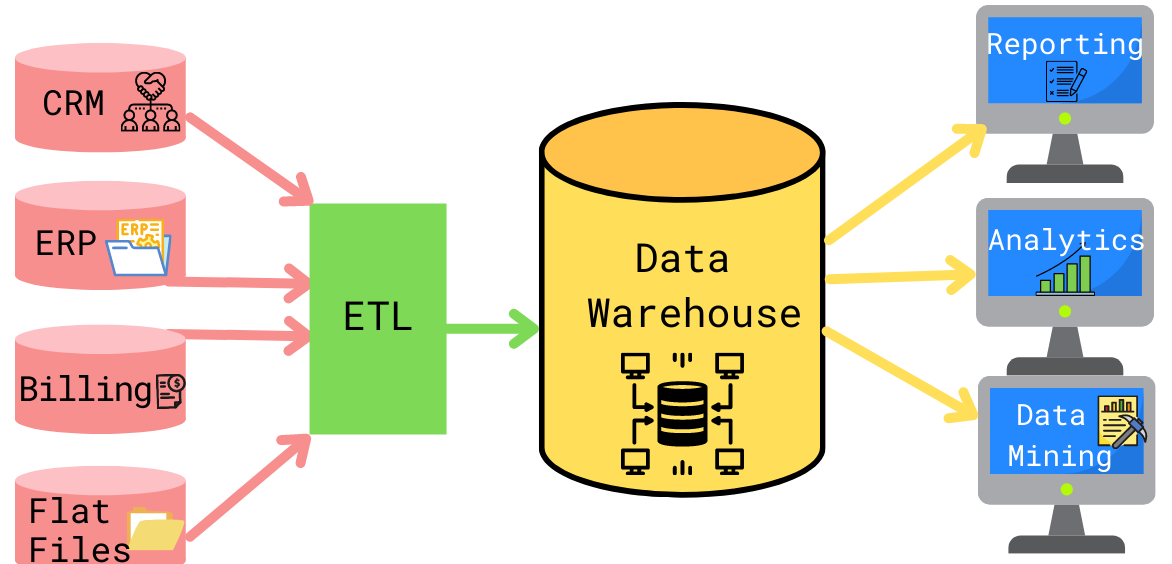Cloud Data Warehousing – Critical Drivers And Cost Estimations
Many organizations design and build a data warehouse for business intelligence and data analytics to gain a competitive edge in the marketplace. With all your business data aggregated in a centralized repository that serves as a single source of truth, reporting becomes much more powerful, ultimately leading to better and more profitable decisions for your organization.
Cloud data warehousing
Entering cloud data warehouses
Traditional data warehouses were installed in data centers with multi million-dollar budgets for hardware, software and experts to maintain them. Traditional data warehouses required the right foresight to design optimal data structures, needed to traverse vast amounts of data to provide insight, and were difficult to adapt to changing business requirements. Data warehouses were therefore often the domain of large organizations.
Finding costs
Once you’ve decided to build a cloud data warehouse, the next step is to figure out how much it will cost. There are several components to consider.
Initial setup cost:
- Cloud data warehouse service
- Implementation costs
- Training in administration, operation and optimization of the data warehouse
Ongoing operating costs:
- Storage space.
- Calculate.
- Network charges.
- Premium technical support.
Miscellaneous costs:
- A tool or service for receiving data.
- Data warehouse automation tools/service.
- Business Intelligence tool or service.
- Other data applications using data warehouse Cloud data warehouse architecture.
Snowflake

The Snowflake architecture divides data warehouses into three distinct layers: storage, virtual warehouses, and cloud services. Snowflake pricing is based on actual usage of these tiers and serverless features. All customers are charged a monthly fee for the data they store on Snowflake based on the average amount of storage used per month. A virtual warehouse is one or more compute clusters that allow customers to load data and run queries.
Build your data warehouse in the cloud or on-premise
The first decision you need to make is whether you will store all your data on-premise or in the cloud where your data warehouse will actually be hosted. On-premises storage requires you to purchase and manage all the hardware and software yourself, while with a cloud solution, the cloud service provider takes care of everything. With an on-premise solution, the benefits are increased security, better control over how and where your data is stored, and the ability to access and retrieve your information without relying on high-speed internet and connectivity.
Data warehouse storage costs

Storage is perhaps the most expensive part of a data warehouse, especially if you work with large amounts of data. Depending on whether you use on-premise or cloud storage, you’ll have different pricing options. When using cloud storage, you pay per gigabyte or terabyte of data and can scale the storage as needed.
ETL and data integration costs for data warehouses
ETL, you may choose to use open-source tools such as SSIS to manually code your own data integration solution. Although this will not include license costs, you will need to hire developers and data architects to develop this solution.
Conclusion
Cloud data warehouses have a much lower barrier to adoption and are more affordable than traditional on-premise storage solutions. To reduce surprises and improve visibility, users should expect to invest a significant amount of time in examining variability for the most accurate operating cost estimates.








Leave A Comment
You must be logged in to post a comment.